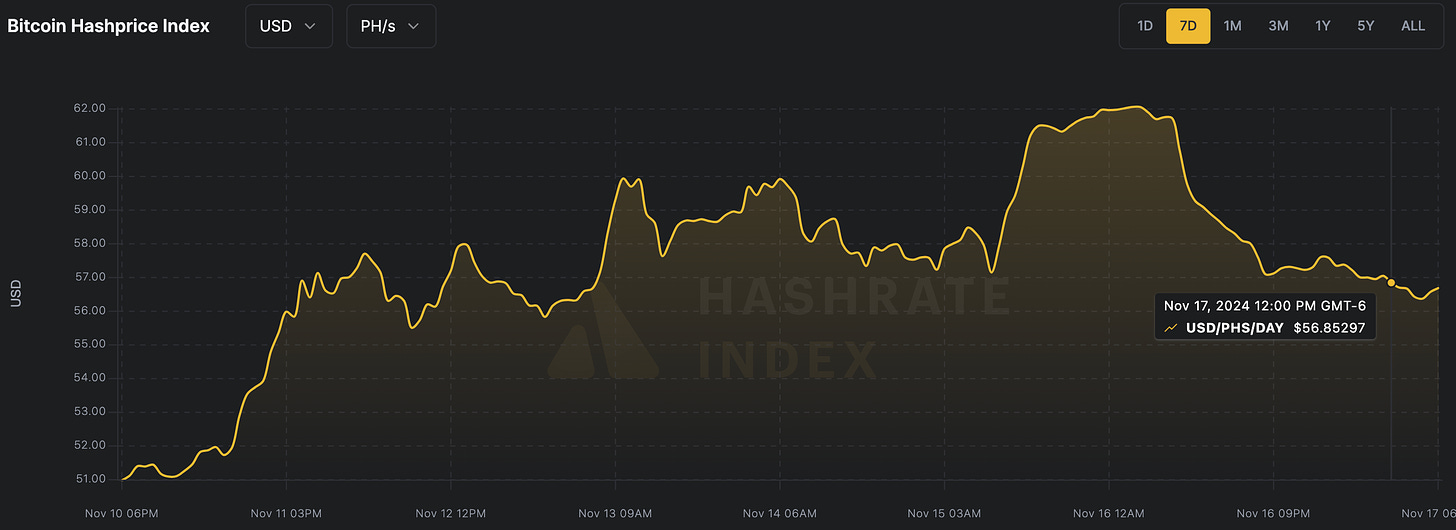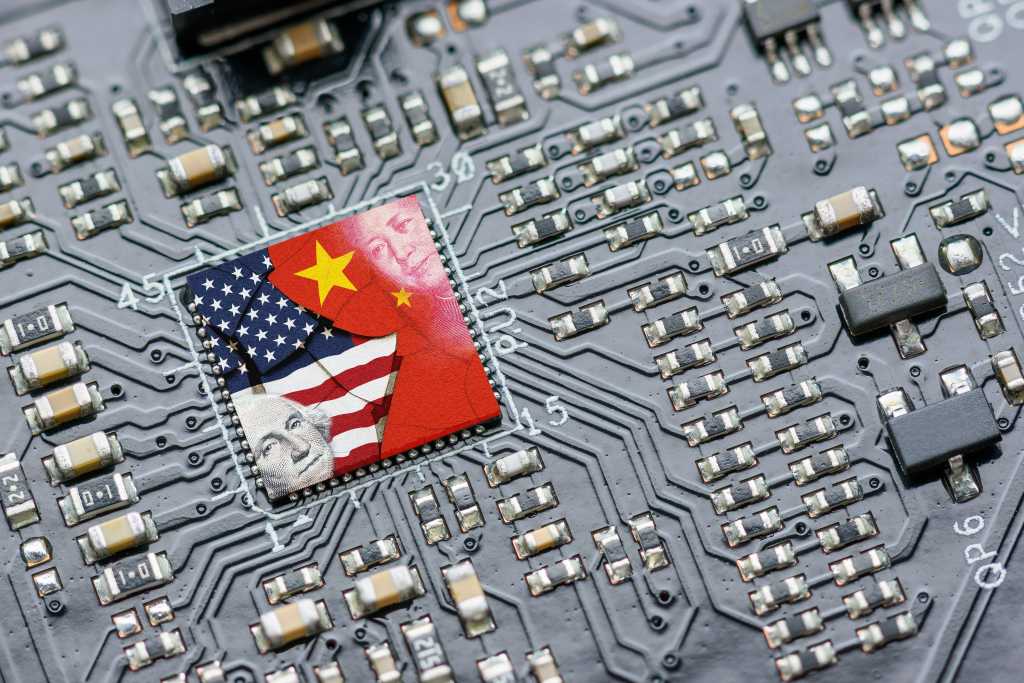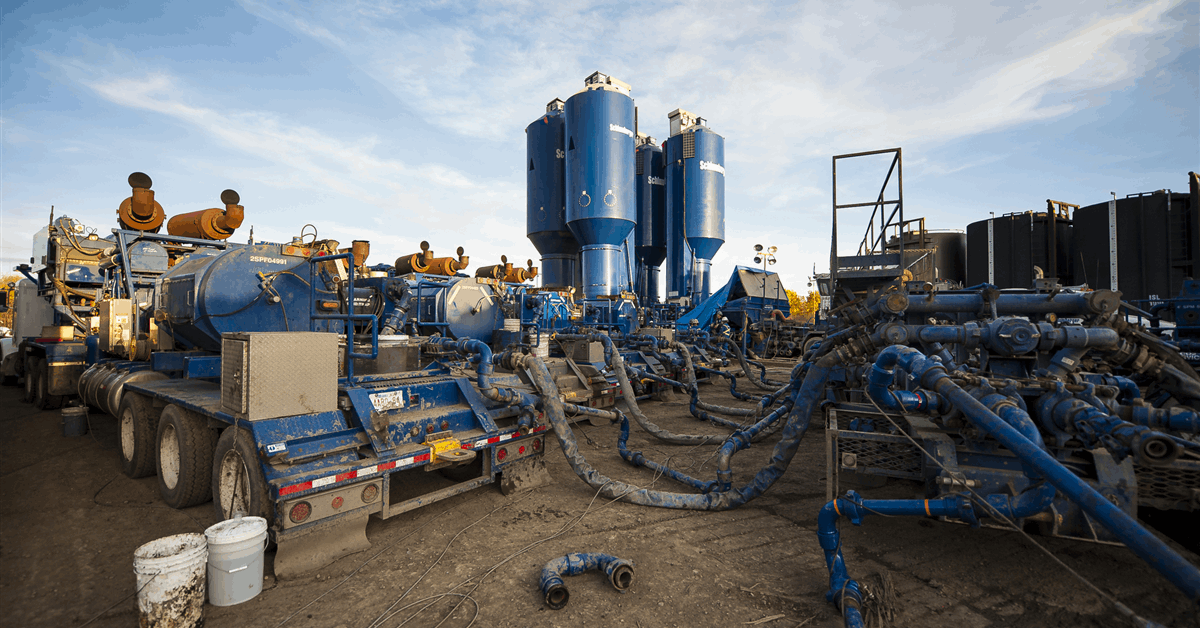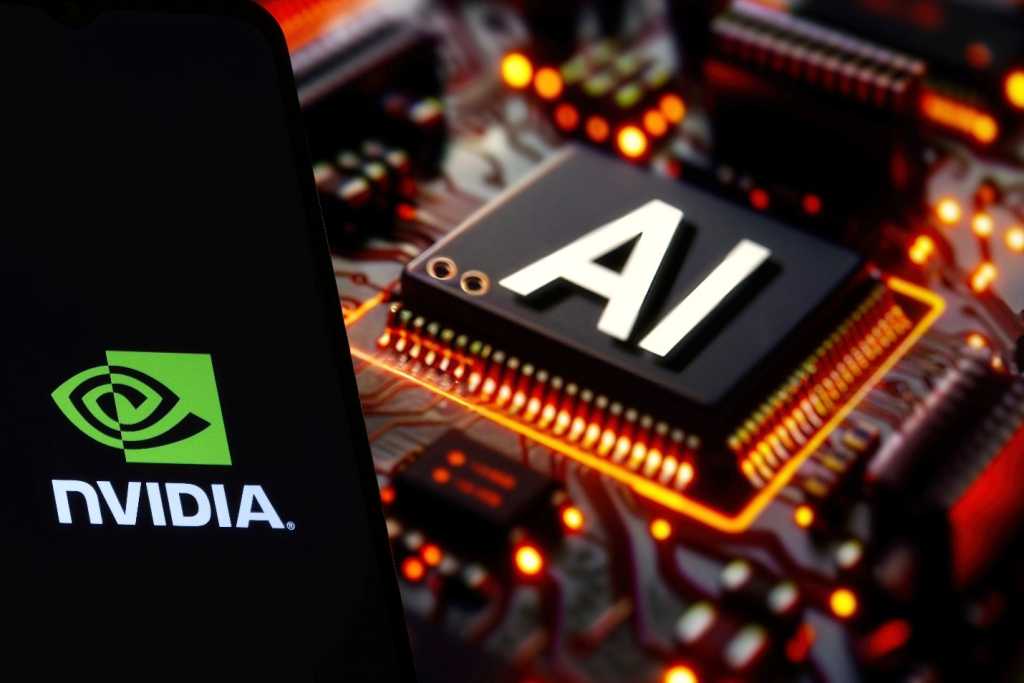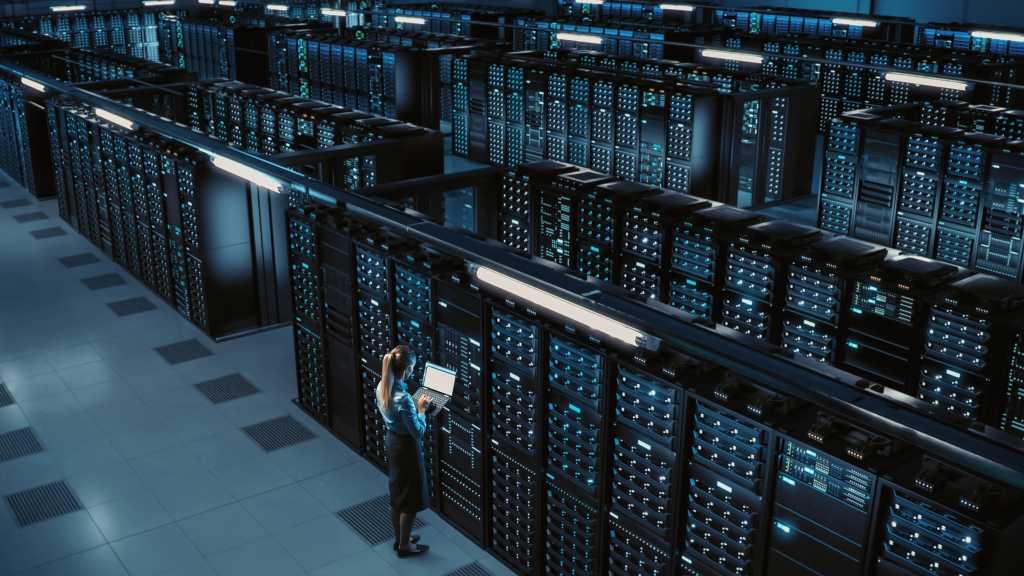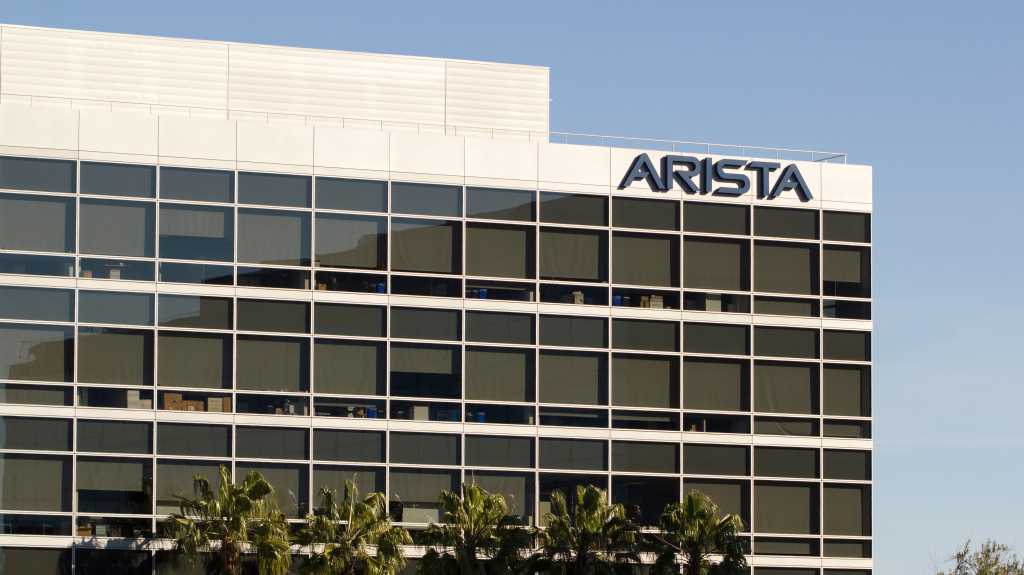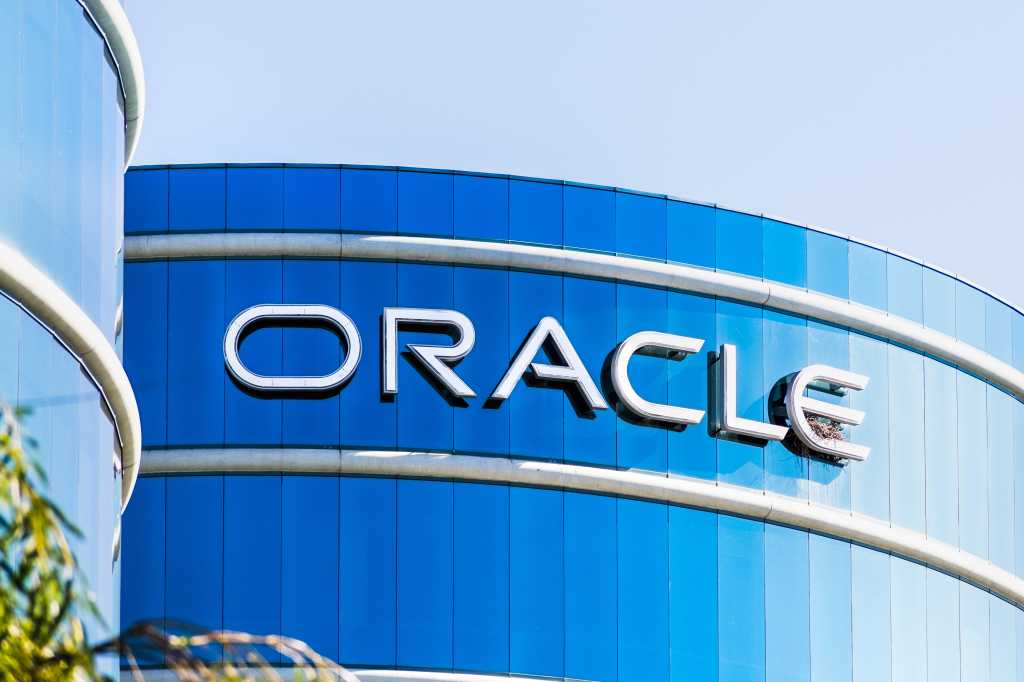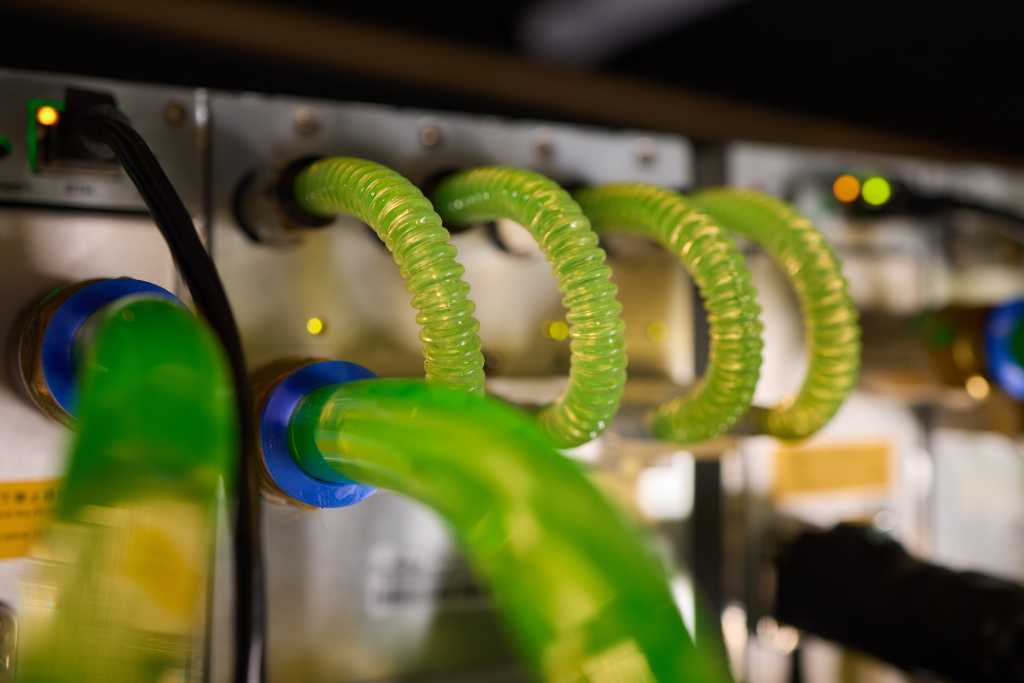W46 ’24 | 11.11-11.17.24 | Issue CVI | Block Height 870794
Welcome to the latest issue of the Vibe Check, your weekly source at the intersection of Bitcoin, Energy, and Bitcoin Mining.
Grab a ☕ and start the week with all the metrics and stories that shake and bake the Bitcoin Mining industry.
Subscribe and share with your friends, colleagues, and family!
W46 ‘24 Vibe Check
-
The Overview Vibe
-
Weekly Industry Metrics
-
Headlines & News
-
The Media Vibe
-
Energy Corner
-
The Meme Vibe
The Overview Vibe
THE ONLY THING BETTER THAN BITCOIN IS MOAR BITCOIN lol. Bitcoin did its best DJ Khaled impression this week with “another one” all-time high, tagging $93,845 before sizzling below $91K. Miners received a breath of fresh air during this inter-epoch difficulty week, with hashprice peaking at $62/PH/Day for the first time since the halvening (excluding fee spikes). Hashrate continues to oscillate in the mid-700s/EH/s, suggesting lagged ASIC (de)/energization from marginal economic ASICs responding to recent price volatility.
While post-election price action drove much of the news this week, the mining sector keeps heating up with the latest wave of Q3 results (check the news section below) This week MARA continued its vertical integration strategy with ANOTHER (CUE DJ KHALED) string of site acquisitions in the Proof-Of-Work state of Ohio. MARA scoops up the operational sites in Hopedale and Hannibel, Ohio formerly owned by Arkon Energy. The mining pubco joins Bitdeer and Bitfarms on team #bullishPJM.
These two sites in SE Ohio have 122 MWs of current operational capacity with an additional 100 MWs of future interconnection capacity. On the other side of the state, MARA also announced the development of 150 MWs of greenfield capacity at a site with an existing 30 MWs of operational capacity. The site location of Findlay, Ohio suggests the development is at sites owned by independent power infrastructure company One Energy.
These sites were announced to be acquired at a market discount of $270K/MW, though it is not clear that number is weighed between ready-to-go rackspace and greenfield MWs. Considering MARA cleared north of $450K/MW for former compute north turnkey rackspace sites in Q1, this entrance into Ohio frames MARA as a value shopper. With off and on-grid energy solutions continuing to lead MARA’s strategy, few places offer a stronger intersection of the power market, grid balancing, flare gas, and power generation development opportunities than Ohio.
Block debuts its ASIC miner brand “Proto Mining” out of stealth, adding to the growing number of new market participants looking to compete with the ASIC OEM Oligopoly. Check it out! I look forward to seeing how Block, Bitdeer, Auradine innovate and push the incumbents to provide better hardware solutions to the market.
I hope to see many of y’all at the NABs conference in Dallas this week. Shoot me a note to meet up! Remember to stay hydrated, call your mom, and prepare for orange-pilling your family at Thanksgiving. No matter what politics get discussed, Bitcoin benefits everyone!
Bitcoin/Mining Metrics
-
BTC price2: ~$90,552.56 @ EOW. +12.25% WOW.
-
Hash price1: $56.85 PH/Day @ EOW. +10.97% WOW.
-
Network Hashrate (SMA 7 Day)1: ~733 EH/s @ EOW. +0.69% WOW.
-
Difficulty1: 101.65 T @ EOW. 0.00% WOW.
-
ASIC Retail Price (s19/m30 family)1: $2.48/TH/s @ EOW. -9.82% WOW.
Sources: Hashrate Index1, Bitbo2
Headlines & News
Featured
-
MARA Adds 372 Megawatts of Capacity in Ohio, with 152 Megawatts Operational and 220 Megawatts in Development – Press Release.
-
Introducing Proto: Building the future of bitcoin mining hardware – Blog.
General PubCo Updates
-
Q3 Results
-
Bitfarms – Press Release, Presentation, Call Transcript
-
Gryphon Digital – Press Release, Presentation, Call Transcript
-
HIVE Digital – Press Release, Presentation, Call Transcript
-
Hut 8 – Press Release, Presentation, Call Transcript
-
LM Funding – Press Release, Presentation, Call Transcript
-
MARA – Press Release, Presentation, Call Transcript
-
Mawson Infrastructure – Press Release, Presentation, Call Transcript
-
Sphere 3D – Press Release, Presentation, Call Transcript
-
Stronghold Digital – Press Release, Presentation, Call Transcript
-
Terawulf – Press Release, Presentation, Call Transcript
-
-
HIVE Digital Technologies Ltd. Announces Order of 6,500 Canaan Avalon A1566 ASIC Miners and Groundbreaking of 100 MW in Paraguay – Press Release.
Operations & Site Updates
-
Bitfarms Upgrades Pending T21 Bitcoin Miners to S21 Pro for $33.2M – TheMinerMag.
-
LM Funding America, Inc. Enters into Agreement to Make Pivotal Acquisition – Press Release.
Capital Markets & M&A
-
BitFuFu Secures $100M Bitcoin-Backed Loan Facility with Antpool – TheMinerMag.
Regulatory/Legal Updates
-
Court Sides with Greenidge, Invalidating DEC’s Denial of Bitcoin Mining Permit – TheMinerMag.
Research/Reports/Newsletters
-
Is Bitcoin Overheating? Is the recession watch over? TBL Weekly #119
-
The Miner Weekly – Make Mining Profitable Again
-
Hashrate Index – Weekly Hashrate Market Update (November 11, 2024)
The Media Vibe
Energy Corner
The Meme Vibe
Subscribe and keep your eye out for the development of the Vibe Check throughout 2024!

